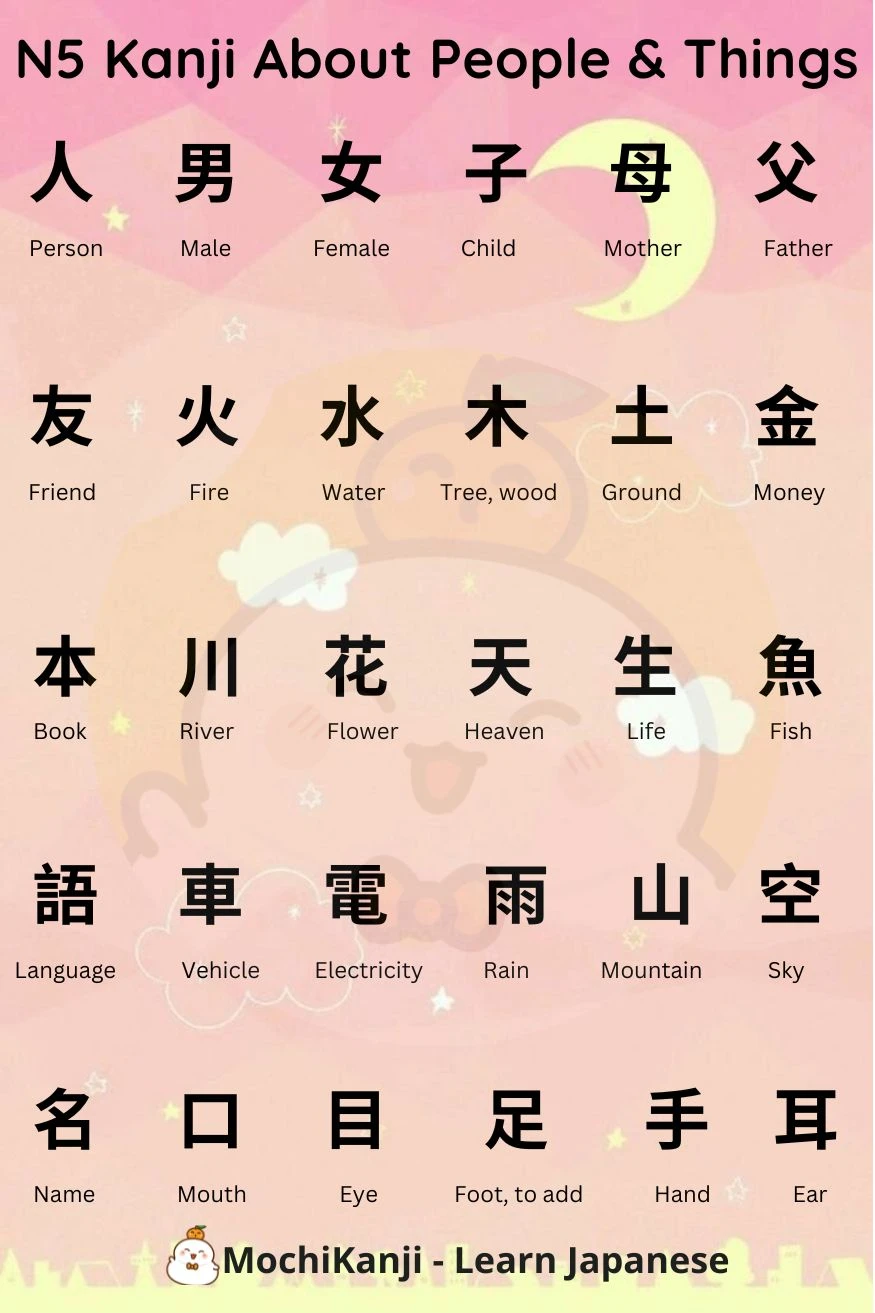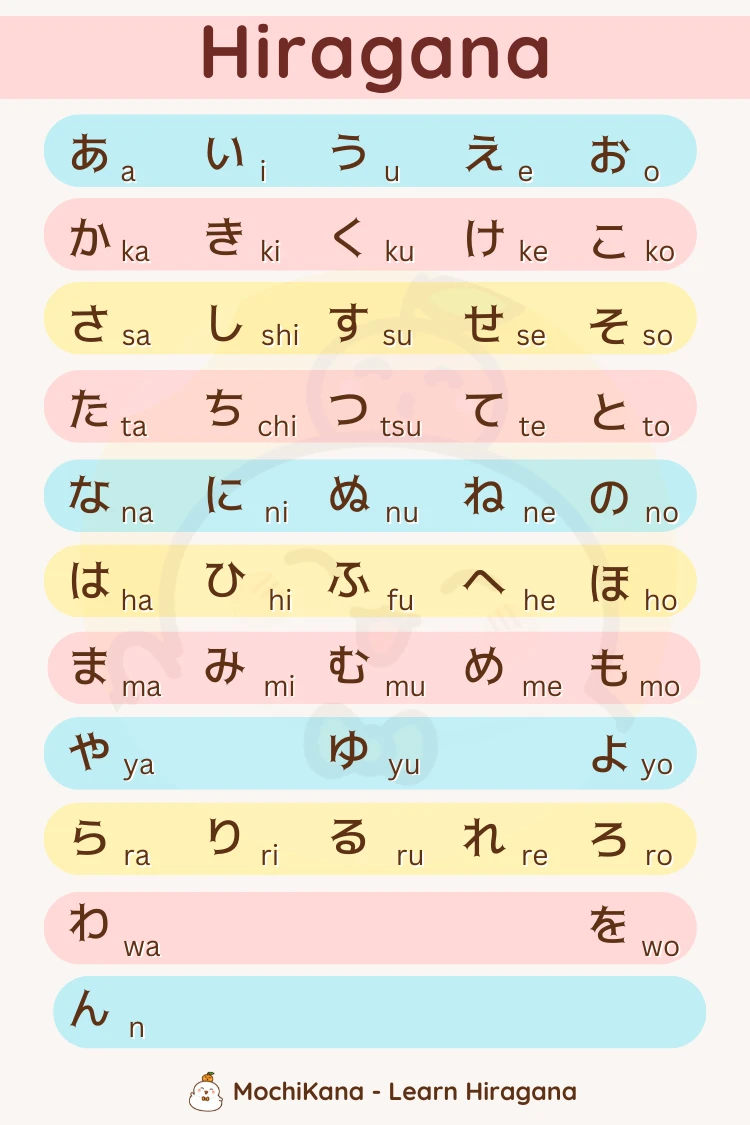Learn Japanese for Beginners: A Complete Guide
Learning Japanese can seem like a daunting task, especially for beginners. However, with the right tools, techniques, and dedication, anyone can master the basics of this beautiful language. Whether you’re planning a trip to Japan, want to enjoy anime or manga in its original form, or simply have an interest in learning a new language, this guide is for you.
In this article, we will cover everything a beginner needs to know about learning Japanese effectively. From mastering the alphabet to useful tips and resources, this guide will help you start your Japanese learning journey with confidence.

Why Learn Japanese?
Japanese is a unique and rewarding language to learn. While it may not share similarities with English or other languages you may know, its structure and rich cultural context make it a fascinating choice. Here are a few reasons why you should learn Japanese:
Cultural Insights
Japan has a rich history, a vibrant pop culture, and a strong influence on global trends. By learning Japanese, you open the door to experiencing Japanese films, anime, literature, and even business practices more deeply. You will also be able to communicate with native speakers, enriching your travel experiences.
Career Opportunities
Japanese is a valuable language for professionals working in technology, automotive, and entertainment industries, especially if you’re interested in working for major Japanese companies like Toyota, Sony, or Nintendo.
Personal Growth
Learning a new language improves cognitive skills, enhances memory, and boosts confidence. The process of mastering Japanese will not only help you communicate but also help you grow intellectually and emotionally.
The Basics of Japanese: Hiragana, Katakana, and Kanji
Before diving into grammar and vocabulary, it’s crucial to understand the basics of the Japanese writing system. Japanese uses three scripts: Hiragana, Katakana, and Kanji. Each one plays a specific role in the language.
Hiragana
Hiragana is the foundation of the Japanese writing system. It consists of 46 basic characters that represent syllables. It is used for native Japanese words, grammatical particles, and function words.

For beginners, mastering Hiragana should be the first step. Learning these symbols will help you read and write basic Japanese.
Katakana
Katakana is used primarily for foreign words, technical terms, and names of plants and animals. It also consists of 46 characters, and while it may seem similar to Hiragana, it serves a different purpose in the language.
Kanji
Kanji are Chinese characters that represent words or concepts. There are thousands of Kanji, but most daily Japanese writing uses about 2,000 to 3,000 characters. Kanji can be the most challenging aspect of Japanese, but don’t worry! By starting with simple, frequently used Kanji, you can gradually build your understanding.
Tips for Learning Japanese Effectively
Learning Japanese can be overwhelming at first, but with the right strategies, you’ll progress quickly. Here are some helpful tips for beginners:
1. Start with Hiragana and Katakana
Don’t rush into learning Kanji right away. Begin with Hiragana and Katakana, as these two scripts are foundational to reading and writing in Japanese. Flashcards, apps like Anki, and writing practice sheets can be incredibly helpful.
2. Learn Basic Phrases
Once you’ve learned the scripts, start by memorizing basic phrases. These include greetings, common questions, and polite expressions like “ありがとう” (arigatou – thank you) and “すみません” (sumimasen – excuse me). These phrases will help you feel more confident in everyday situations.
3. Practice Listening and Speaking
Listening and speaking are essential components of learning Japanese. Watch Japanese TV shows, movies, or listen to podcasts to get used to the sounds and rhythm of the language. Apps like HelloTalk and Tandem are great for practicing speaking with native speakers.
4. Use Language Learning Apps
Apps are an excellent tool for language learners. Popular apps like Duolingo, Babbel, and LingoDeer offer structured lessons that will teach you everything from basic vocabulary to grammar. These apps allow you to practice reading, listening, and speaking, all in one place.
5. Immerse Yourself in the Language
Surround yourself with Japanese as much as possible. Change your phone’s language to Japanese, listen to Japanese music, and watch anime or Japanese dramas with subtitles. The more you immerse yourself, the faster you’ll learn.
6. Be Consistent
Learning Japanese requires consistency. Even 15 to 30 minutes per day can yield great results. Make it a habit to study regularly, and don’t get discouraged if progress feels slow at first.
Essential Resources to Learn Japanese
To help you on your journey, here are some fantastic resources for beginners.
1. JapanesePod101
JapanesePod101 offers a wide range of audio and video lessons that are perfect for beginners. The platform focuses on conversational Japanese, grammar, and vocabulary, helping you improve your listening and speaking skills.
Key Features:
-
Lessons for all levels
-
Extensive library of audio and video content
-
Focus on practical, real-world language use
2. WaniKani
WaniKani is a Kanji learning tool that uses a mnemonic system to help you remember characters more easily. It’s an excellent resource for beginners who want to gradually build their Kanji knowledge.
Key Features:
-
Focus on Kanji and vocabulary
-
Uses spaced repetition to help with memorization
-
Includes both free and premium plans
3. LingoDeer
LingoDeer is a great app for beginners that focuses on grammar and vocabulary. Its clear explanations, exercises, and interactive lessons make learning fun and effective. It’s especially useful for beginners who want to develop a strong grammatical foundation.
Key Features:
-
Structured lessons on grammar and sentence building
-
Interactive quizzes and exercises
-
Can be used offline

4. Genki I: An Integrated Course in Elementary Japanese
Genki I is a comprehensive textbook that’s perfect for beginners. It covers grammar, vocabulary, and kanji, and includes practice exercises to solidify your learning. Many learners recommend this textbook for self-study or classroom use.
Key Features:
-
Comprehensive lessons on grammar and vocabulary
-
Includes CDs for listening practice
-
Clear explanations of each topic
FAQs About Learning Japanese for Beginners
1. How long does it take to learn Japanese for beginners?
The amount of time it takes to learn Japanese depends on several factors, such as your dedication, learning methods, and how much time you can devote each day. On average, you can expect to gain basic conversational skills within 6 months to a year.
2. Can I learn Japanese without living in Japan?
Yes, you can definitely learn Japanese without living in Japan. With the abundance of online resources, language apps, and language exchange platforms, it’s possible to achieve fluency while staying in your home country.
3. Is it necessary to learn Kanji as a beginner?
While it’s not necessary to learn Kanji immediately, it’s essential to gradually incorporate Kanji into your studies. Start with Hiragana and Katakana, and then move on to basic Kanji as you progress.
4. What is the best way to learn Japanese grammar?
To learn Japanese grammar, start with simple sentence structures and gradually build up. Resources like LingoDeer and Genki I are great for beginners as they provide clear explanations and practice exercises.
5. How can I practice speaking Japanese?
You can practice speaking Japanese by using language exchange apps, participating in online classes, or simply repeating phrases you’ve learned. Speaking with native speakers, even virtually, is the best way to improve your pronunciation and fluency.
Conclusion
Learning Japanese is an exciting and rewarding experience. By starting with the basics of Hiragana and Katakana, practicing regularly, and using the right resources, you can make steady progress and eventually achieve fluency. Whether you’re interested in travel, culture, or career opportunities, mastering Japanese opens up a world of possibilities.
Remember, consistency and dedication are key. Keep practicing, immerse yourself in the language, and most importantly, enjoy the process!
For more language learning tips, visit our Language Learning Hub and start your journey today.









